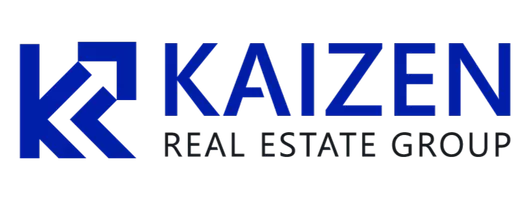Q2 2023 real estate team financial performance beats Q1 numbers
The second quarter 2023 was a boon for real estate teams, beating out financial performance in Q1 2023, according to the Streamlined Quarterly Team Benchmarking Report, which looked at the financial performance of more than 200 teams across the nation.
Steamlined, based in Arizona, has a roster of hundreds of U.S. real estate teams and individual agents as clients for their accounting and bookkeeping services. The firm confirms actual financial and operational details of these businesses and assemble the data in useful benchmark studies to help their clients assess how effectively they are operating.
“This is extremely valuable information, not only for teams but also for the brokerage firms with whom they are affiliated,” says Steve Murray, senior advisor to HW Media. “A clearer understanding of the performance of teams helps everyone understand the impact of the growth of the organization and performance of teams and confirms the importance of LG in the industry.”
The second-quarter performance analysis shows the benefit of scale as revenues had their normal seasonal upturn while many costs remained fixed, resulting in increased gross and net margins among all sizes of teams.
Small teams had highest increase in net margin
Teams in every size category saw an increase in Gross Margin (GM), with teams having annualized revenue between $300,000 and $550,000 seeing the largest increase in GM from 72.5% to 76.3%.
Teams in the smallest category of size, having less than $300,000 in Gross Commission Revenues (GCI), had the largest increase in Net Margin (NM), whereas in Q2 2023 it grew from 36.9% of GCI to 49.3% of GCI. Imagine a pretax profit margin of nearly 50%?
The largest teams had net margins of 18.8%. Compare this to the average of all brokerage firms for the past 12 months, published by RTC Consulting, of gross rates of less than 14% and NM of less than 4%.
Two of the main factors impacting the improvement in net margin were the decline in spending of salaries/benefits and lead generation. In every size category, these costs as a percentage of GCI declined in a material way.
“It appears from these results that teams are keeping these costs fixed in terms of the dollars spent,” says Murray. “As the seasonal upturn in housing sales experienced across the board this year in Q2 (which does happen virtually every year) and GCI and GM followed this upturn in sales, then it follows that the percentage spent in these categories would fall.”
Team operating costs declined
Total operating costs for all sizes of teams declined in Q2 as a percentage of GCI, as well. Interestingly, it was the category of teams doing between $1.5MM and $3.0MM of GCI that saw the largest decrease, dropping operating costs from 37.7% of GCI to 29.0% of GCI, or a decline of 23.1% from Q1 to Q2.
The category that had the next highest decline in expenses was the smallest group doing less than $300,000 in GCI, which saw these costs fall from 42.6% of GCI to 33.6% of GCI, a decline of 21.1%.
“It would be expected to see the smallest teams have the lowest costs and have the most leverage. They are small and focused and have the lowest fixed overhead, generally,” says Murray. “What is surprising is how teams as large as $1.5 to $3.0 million also have used both their scale and leverage to drive operating costs down as a percentage of GCI as well as increase their NM.
Q1 versus Q2 2023
In terms of changes in results from Q1 to Q2, it was also those teams with GCI between $1.5MM and $3.0MM that had the largest increase in NM, at 63.8%. The lowest increase was that of teams between GCI of $550,000 and $800,000, at 22.5%. One quarter of results are not convincing as to whether the small teams or the largest teams can execute on scale and leverage, but it is an indicator worth examining in future reports.
“Should anyone question where the money has flowed over the past 10 years and what form of business enterprise is still performing well, then these findings confirm that it is teams that have figured out how to make a profit in good markets and poor markets,” says Murray.
In this quarter, Cost of Sale barely fluctuated as a whole, reconfirming this is an average cost of closing revenue.
Overall, the data seems to suggest that as the annual revenue increases, there are rising costs and shifting priorities in spending, leading to a decrease in net income percentage. This may indicate challenges in scaling the business efficiently or a strategic decision to invest more in certain areas, like lead generation, at the cost of profitability.
Streamlined, RTC Consulting and HWMedia are teaming up to share this data with our readers to help create transparency in the results of over 200 teams. We will publish these results on a quarterly basis roughly 45 days after the end of each calendar quarter.
David Pittiglio is the CEO of Streamlined Business Solutions.
Categories
Recent Posts









